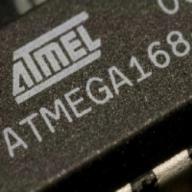1) A person pushes on a 74.3 kg refrigerator with a horizontal force of -50 N; the minus sign indicates that the force points in the -x direction. The coefficient of static friction is 0.77. What is the magnitude of the largest pushing force (N) that can be applied to the refrigerator before it just begins to move? Assume g = 9.80 m/s2.
2) An electron is a subatomic particle (m =9.31x10-31 kg) that is subject to electric forces. An electron moving in the +x direction accelerates from an initial velocity of 8,627,533 m/s to a final velocity of 315,765,159 m/s while traveling a distance of 0.01 m. The electron's acceleration is due to two electric forces parallel to the x axis: F1 = 2.35 x10-16N, and F2 , which points in the -x direction. Find the magnitudes of the electric force F2 ( x10-13 N) .
phy HELP!!!! plz
2013-09-28 11:42 pm
回答 (1)
2013-09-29 1:33 am
✔ 最佳答案
1. F = m RF = (0.77)(mg) = 0.77(74.3)(9.8) = 561 N
2. 315,765,159 m/s 似乎大過光速,幫你唔到啦!
收錄日期: 2021-04-27 20:34:48
原文連結 [永久失效]:
https://hk.answers.yahoo.com/question/index?qid=20130928000051KK00119

